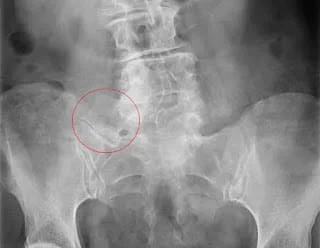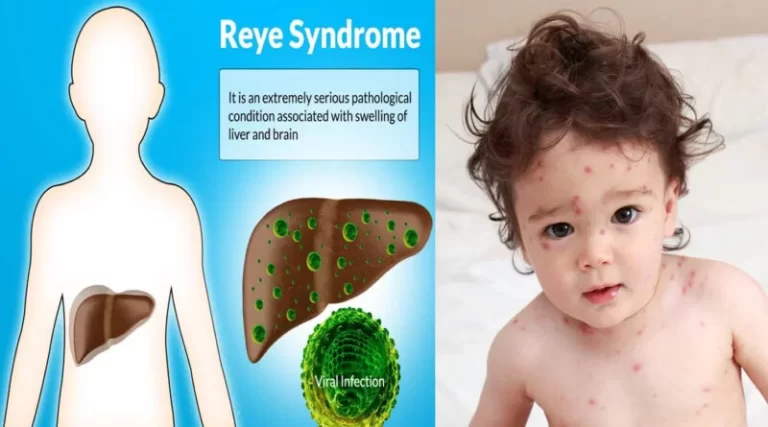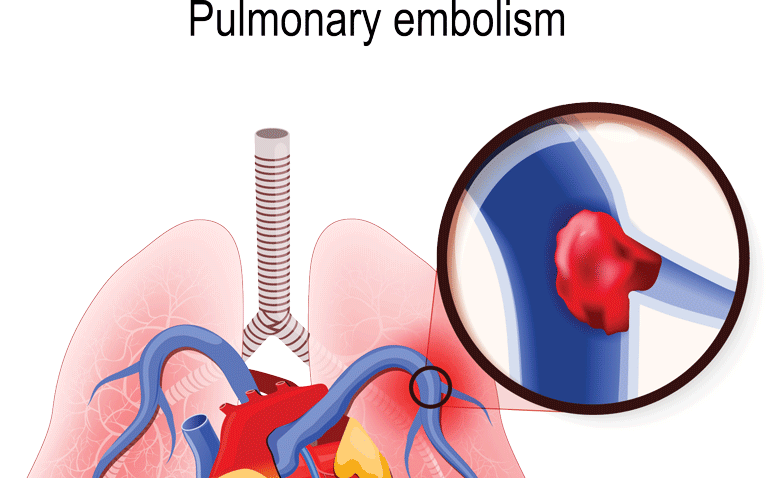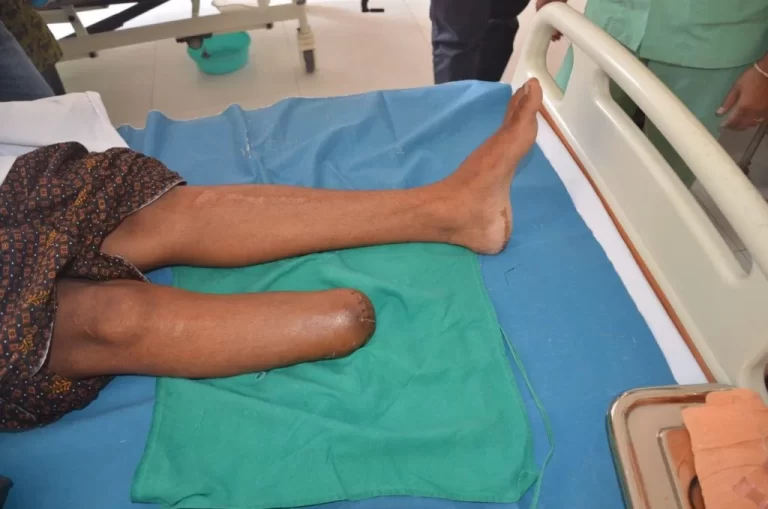Bertolotti’s Syndrome
Table of Contents
What is Bertolotti’s Syndrome?
- Bertolotti’s syndrome or lumbosacral transitional vertebrae, is the partial or complete fusion of the unilateral or bilateral lumbar vertebrae to the sacrum or ilium. it is a congenital condition but usually, it is not symptomatic until the age of twenty or thirty.
- Malformation of the base of the spine and pelvic bone is very common. The two main congenital disorders are lumbarization and sacralization. so, first of all, what are lumbarization and sacralization? lumbarization is when the first sacral vertebrae are not fused with the rest of the sacrum and due to this, that looks like there are six lumbar vertebrae and only four sacral vertebrae. now, sacralization means the fifth lumbar vertebrae are fused with the sacrum bone. so, the lumbar spine looks like four lumbar vertebrae.
- Bertolotti’s syndrome also known as a lumbosacral transitional vertebra (LSTV); is a congenital condition that often causes chronic back pain in the waistline. When the fifth lumbar vertebrae articulates with the sacrum, it results in abnormal spinal mobility and associated discomfort which causes Bertolotti’s syndrome. this condition is characterized by an irregular vertebral structure and can be a source of pain and discomfort. this diagnosis affects less than 10% of the population that’s why sometimes it may go undiagnosed.
- Bertolotti’s syndrome or lumbosacral transitional vertebrae, is the partial or complete fusion of the unilateral or bilateral lumbar vertebrae to the sacrum or ilium. it is a congenital condition but usually, it is not symptomatic until the age of twenty or thirty.
- Malformation of the base of the spine and pelvic bone is very common. The two main congenital disorders are lumbarization and sacralization. so, first of all, what are lumbarization and sacralization? lumbarization is when the first sacral vertebrae are not fused with the rest of the sacrum and due to this, that looks like there are six lumbar vertebrae and only four sacral vertebrae. now, sacralization means the fifth lumbar vertebrae are fused with the sacrum bone. so, the lumbar spine looks like four lumbar vertebrae.
- Bertolotti’s syndrome also known as a lumbosacral transitional vertebra (LSTV); is a congenital condition that often causes chronic back pain in the waistline. When the fifth lumbar vertebrae articulates with the sacrum, it results in abnormal spinal mobility and associated discomfort which causes Bertolotti’s syndrome. this condition is characterized by an irregular vertebral structure and can be a source of pain and discomfort. this diagnosis affects less than 10% of the population that’s why sometimes it may go undiagnosed. Back pain from Bertolotti’s syndrome is an uncommon condition.
Causes of Bertolotti’s Syndrome
- Faulty sitting posture
- High stress on the troubled joints
- Abnormal fetal development
- Bertolotti’s results from a combination of factors those affected will have a natural anomaly known as a lumbosacral transitional backbone( LSTV) as well as degeneration in the discs or scoliosis that results in worsening the biomechanics of the spinal column at the position of the natural anomaly. An LSTV is deficient conformation of the spine at the junction of the sacrum and the L5 vertebral body.
- When there is an interface between the transverse process of L5 and the top of the ala of the sacrum, the bone is left to rub against the bone. This is painful in and of itself, but can also affect inflammation that can irritate the L5 nerve which runs past the point of interface, causing further disfigurement or inflammation of the nerve and, consequently, further pain.
Numerous circumstances involving the Bertolotti syndrome that cause inflammation and reactive muscular spasms might result in LBP. Here are a few of them.
- If the LSTV is fused to the sacrum and iliac bone (the “wings” of the pelvic bone), an imbalance in the structures of the lumbar vertebrae could put stress on the sacroiliac joint, which could lead to soreness above the buttocks.
- Pseudo-joints lack the shock-absorbing cushion or lubrication that normal joints in the body have between the bones. Osteoarthritis may result from the painful bone-on-bone grinding caused by this. The discs of the pseudo joint may also experience higher stress as a result.
- Sacralization may limit the mobility of your spine and hasten the deterioration of the vertebrae and shock-absorbing intravertebral discs above this region.
- Muscle imbalances and tiredness can result from unequal forces being applied to the surrounding muscle tissue as a result of the spine’s improper alignment. Even though both sides of the back may be affected, tightness and/or spasms usually only affect one side of the lower back and/or pelvis.
Symptoms of Bertolotti’s Syndrome
- Unless a sacralization or pseudo-joint is inadvertently discovered during an unrelated X-ray, most people are unaware they have one. However, in cases when symptoms do develop, they might differ considerably from person to person and typically do so in adulthood—in your 20s or 30s. Some symptoms include:
- Localized low back pain, possibly accompanied by leg pain (this pain is referred to rather than radicular), but not down a nerve.
- Possible sacroiliac joint pain or discomfort in that region
- Unexplained stiffness or soreness that makes it difficult to move in some ways
- Symptoms improved while lying and sitting
Diagnosis
- A comprehensive physical examination, an accurate medical history, and X-rays can all be used to diagnose Bertolotti syndrome. During the physical examination, the movements that cause pain or discomfort will be replicated.
- X-ray: Then, any abnormalities in the bony architecture of the lower back and pelvis can be seen on an X-ray. When the pseudo-joint causes discomfort, it is Bertolotti syndrome.
Differential Diagnosis
- Non-specific low back pain is the most frequent presenting symptom in Bertolotti syndrome patients. Unfortunately, there are numerous possible diagnoses for low back pain, and several of them may coexist at once to produce a multifactorial etiology. It is important to take into account musculoskeletal, neurological, and oncological disorders.
- Back strains, degenerative disc disease, lumbar disc herniations, annular tears/fissures, lumbar facet arthropathy, facet cysts, Tarlov cysts, scoliosis, and sacroiliac joint discomfort are among the common causes of back pain.
- A thorough history-taking and physical examination can aid in ruling out a number of these additional diseases.
- Providers should also take compressive lumbar pathologies such as lumbar stenosis/claudication and radiculopathy into account when patients have leg symptoms in addition to lower back pain.
- As lumbar stenosis/radiculopathy can appear as back pain in and of itself due to their own underlying aetiologies, these entities should be taken into consideration in addition to – and not necessarily exclusive of – Bertolotti syndrome. As a result, having multiple causes of back pain may be extremely common.
- It’s important not to ignore neoplastic processes. Unrelieved lower back pain from conservative treatments, abrupt weight loss or gain, persistent night pain, and other unexplained symptoms should raise the possibility of a primary or malignant tumor of the lumbar spine, sacrum, or pelvis.
- In order to diagnose malignancy and, if so, send the patient for oncologic treatment, appropriate imaging and labs are required.
Prognosis
- Undiagnosed patients with Bertolotti syndrome may experience prolonged back discomfort. Conservative management techniques like medication, physical therapy, and steroid injections have been demonstrated to have a variety of advantages and may offer momentary or even permanent relief.
- Patients who use up all of their available non-surgical options and have surgery frequently report that their symptoms have only partially disappeared.
- In the end, every patient should be treated differently and according to their own demands and lifestyle.
Complications
- The Bertolotti syndrome’s LSTV is niduses for aberrant spine mechanics and mobility. As a result, the surrounding motion segments often experience larger stress distribution. The neighboring segment is susceptible to rapid disc and facet joint degeneration, arthrosis, and ultimately neural stenosis because of these elevated stresses.
- There are hazards associated with surgical therapy for Bertolotti syndrome. As with any surgical procedure, there is a chance of post-operative bleeding, infection, and the need for more surgeries if the initial one is unsuccessful. Due to the surgery’s proximity to the spinal cord and the nerve root canal, these procedures also carry a risk of injuring a nerve.
- Although surgical problems are uncommon, it is crucial to go over them with the patient.
Treatment of Bertolotti’s Syndrome
Bertolotti syndrome is typically successfully treated using non- or minimally invasive methods. These may consist of:
- Alterations to one’s way of life, such as frequent rotation and extension, can lessen the load on the spine’s affected regions.
- Painkillers – over-the-counter (OTC), such as Aleve, Advil, or Tylenol. under fluoroscopic guidance, local anesthetic, and occasionally corticosteroid injections are given along the afflicted nerves or straight into the pseudo-joint to lessen swelling. Diagnosis can also be accomplished via fluoroscopy.
- Using an injection under fluoroscopic supervision, platelet-rich plasma (PRP) therapy reduces pain and inflammation while promoting healing in injured joints.
- Heat therapy: use hot packs to reduce pain
- Modality: Short Wave Diathermy (SWD). Interferential Therapy (IFT)
- Prolotherapy is an alternative therapy that involves injecting dextrose and concentrated local anesthetic into the afflicted area. area to maybe improve the body’s innate capacity for healing.
- Physical therapy to aid in strengthening particular areas and maybe improve mobility.
Conservative methods
- Conservative methods should be used for Bertolotti syndrome initial care. Nonsteroidal anti-inflammatory drugs are inexpensive offer significant relief, and are typically well tolerated.
- At the time of diagnosis, physical therapy (PT) may also be concurrently advised, with treatments intended to strengthen core musculature, enhance spinal mobility, and offer additional pain-relieving techniques. Injection treatment may be suggested to the patient if NSAIDs and physical therapy are ineffective in relieving their symptoms. Directed corticosteroid injections into the aberrant articulation under fluoroscopic guidance are quite successful at relieving pain and can endure for a while, if not permanently.
- The additional benefit of injection therapy is that it may not only have therapeutic effects but can also help identify the source of a patient’s pain and direct effective management.
- Surgery is only used for patients who have tried and failed the aforementioned conservative measures.
- If it has been determined that the false articulation is the sole cause of the pain, surgery, either unilaterally or bilaterally, may be the first course of action.
Surgical Direction
- For the treatment of Bertolotti’s Syndrome, surgery is a possibility. Surgery has hazards even if it is an effective treatment option when necessary.
- Resection of the lumbosacral transitional vertebra, sometimes referred to as a “Processectomy,” is one of the most popular therapeutic options. This procedure treats back discomfort in LSTV patients that is brought on by the mechanical strain on the articulation or pseudo-articulation.
Physiotherapy Treatment
Bertolotti’s Syndrome Was Treated Without Surgery by a Therapist
- The ‘propping’ stress of the transverse process against the side of the pelvis increases as the intervertebral disc at the L5 level loses height.
- The L5 vertebra can be mobilized centrally (PA pressures), which helps the disc absorb water, elevates the top of the L5 vertebra off the sacrum, and lowers the lateral pressure of the transverse process on the pelvis even though disc degeneration is unlikely to be painful.
- Remember that although pseudarthrosis has evolved to serve a useful purpose, it is still far from an ideal joint. Although the sharp pinpoint of pain wants stimulation, excessive drilling, and stretching therapy might overwhelm and aggravate it. When used in conjunction with proper self-treatment (see below), gentle progressive mobilization is incredibly beneficial.
- An essential side stretch for unilateral sacralization is known as the “banana stretch.”
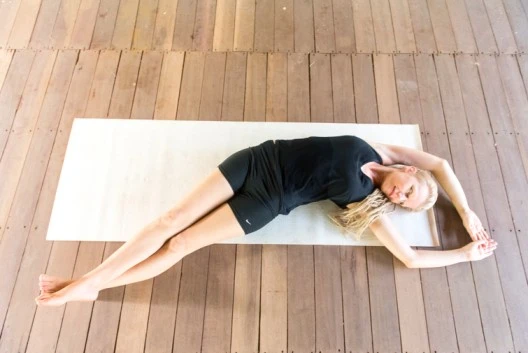
The following are the advantages of lumbar stabilization exercises:
- A reduction in lower back discomfort
- Increased core stability and posture
- An improvement in the spinal muscles’ neuromuscular control, power, and endurance
- A practical maintenance tool
Exercises for stabilizing the spine
Bridge
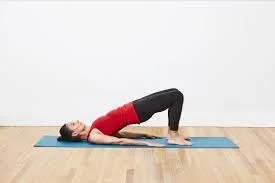
- Inhale while lying on your back with your knees bent, your feet parallel, and your hips apart.
- As you exhale, brace your abs as previously mentioned. Lifting your hips off the ground requires engaging your glutes and pressing your feet into the floor.
- As you release the posture back down, take a breath.
- Make 8–10 repetitions.
Side plank on knees
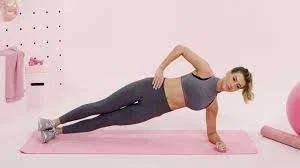
- Begin by sitting on one hip, leaning on your side, and stacking your legs next to you. Your forearm should be on the ground next to you when you bend your elbow.
- Exhale to lift your hips into the air and press your forearm into the ground.
- To halfway lower your hips, inhale.
- To raise your hips back up, exhale.
- Repeat 8–10 times, then inhale as you slowly and deliberately lower your hips all the way down.
- Then, carry out the steps again on the opposite side.
Bird dog

- Begin by getting down on your hands and knees, placing them directly beneath your shoulders and hips.
- Keep your spine aligned neutrally.
- As you exhale, pull your abdominals in and upward. Without shifting your weight or arching your back, raise one leg behind you and the opposing arm in front of you.
- Hold the position while inhaling for three slow counts.
- As you take a deep, steady breath, bring your hand and leg back to the mat.
- After completing 6 to 8 repetitions, switch to the other side.
Pilates crunch exercise
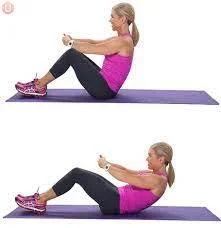
- Tilt your pelvis forward as if zipping your hands behind your head with your elbows open, keeping your feet as wide apart as your hips. In the crunch position, exhale as you tuck your head, neck, and chest up. Maintain for 5 seconds.
Core strengthening exercises
Forearm Plank
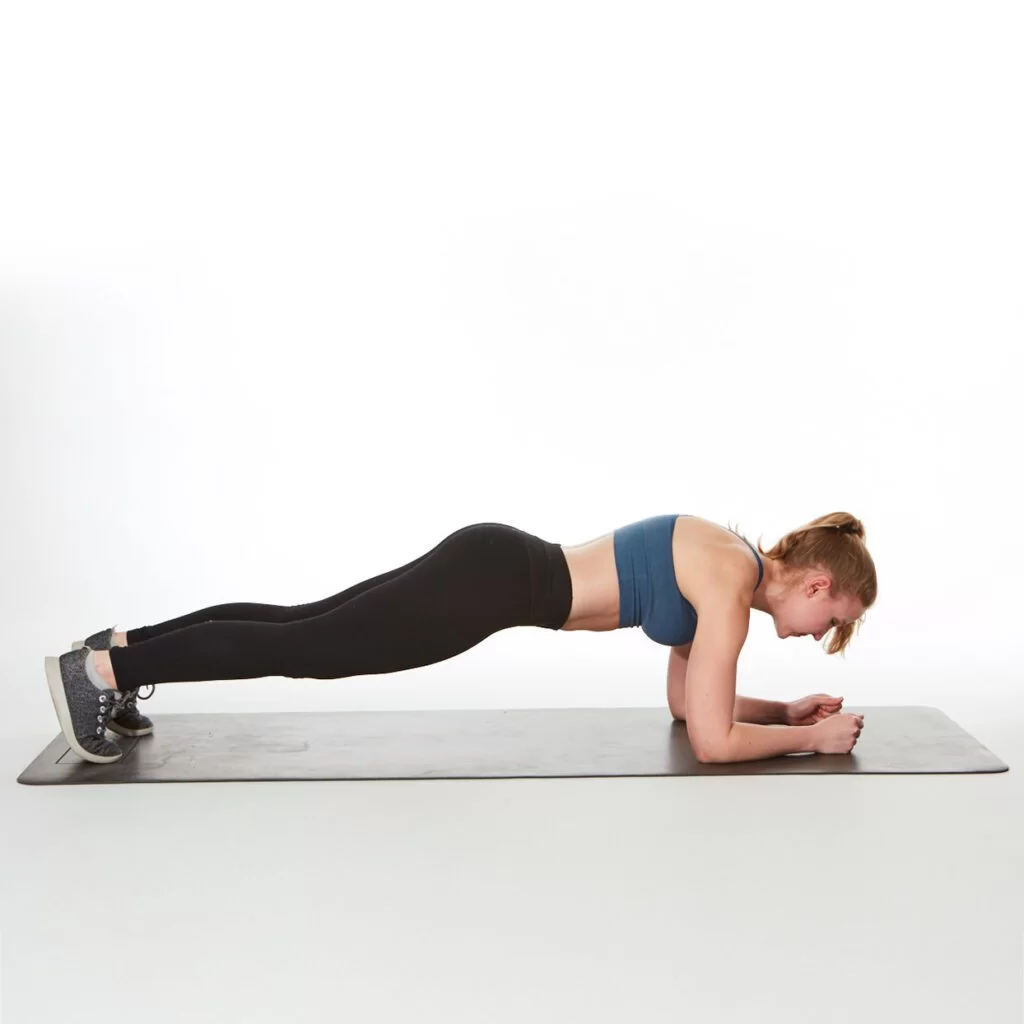
- Assume the push-up position while bending your elbows so that your weight is supported by your forearms.
- While tightening your core and glutes, keep your body straight from head to heels.
- As long as you can, hold.
Bicycle Crunch

- Tighten your core’s abdominal muscles to support your spine.
- With your hands, gently support your head. Slowly elevate your knees to a 90-degree angle, elevating your feet off the ground as you do so. Pull your shoulder blades back.
- Keeping both legs elevated over your hips and pulling one knee up to your armpit while straightening the other, pedal your legs slowly as you exhale.
- Turn your body to the opposite side such that your elbow meets the rising knee.
- Twist to the opposite side, bringing the opposite knee to your armpit and extending the other leg so that your elbow contacts the other knee.
Three sets of 12 to 20 repetitions each should be the goal.
Sit-ups
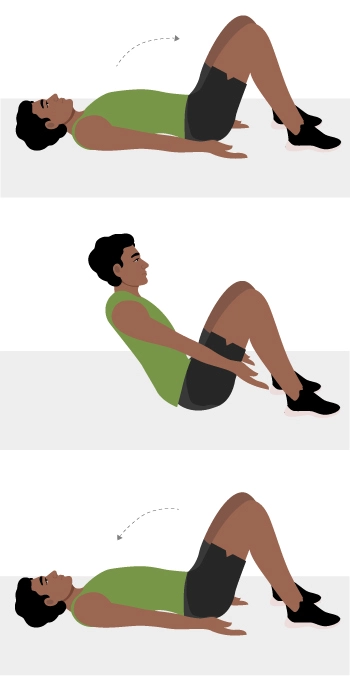
- Lay on your back, secured to the ground with your feet bent at the knees.
- Tuck your chin into your chest to give the impression that your neck is longer.
- Your hands can be crossed over your shoulders or placed palms down next to your torso. At the base of your head, you may also interlace your fingers.
- Lift your upper body upwards towards your thighs while exhaling.
- Breathe in as you slowly lower yourself back to the ground.
Stretching exercises
Child’s Pose

- Your gluteus maximus, latissimus dorsi (lats), and spinal extensors are all gently stretched in this classic yoga position. It helps you feel less sore and strained in your neck, shoulders, and full back.
- Your body will feel more relaxed as a result, which will assist in relaxing your lower back muscles and increase spine flexibility.
- Follow these instructions to do the Child’s Pose:
- While on your hands and knees on the ground, sink back through your hips until they are resting on your heels.
- Put your hands out in front of you as you bend forward and hinge at the hips.
- Your tummy should be supported by your thighs.
- Extend your arms in front of or next to your body while keeping your hands on the ground.
- The secret lies in deep breathing and relaxing any tight or tense muscles.
- For up to a minute, hold this posture.
- Throughout your stretching regimen, you can repeat this stance multiple times. You may perform it in between each of the other stretches you perform.
Modifications
- You can lay a towel that has been rolled up on top of or beneath your thighs if you feel like you need more support.
- Widen your knees if it makes you more comfortable and place a pillow under your forehead.
Knee to chest stretch

- Your glutes, thighs, and hips will all become more relaxed as a result of this stretch.
- To complete the knee-to-chest stretch, follow these guidelines:
- Your feet should lie flat on the floor while you lay on your back with both knees bent.
- Alternatively, you can stretch your left knee straight out along the floor.
- Bring your right knee to your chest while placing your hands behind your right thigh or at the top of your shinbone.
- Maintain a neutral spine alignment from your neck to your tailbone, and avoid lifting your hips.
- Breathe deeply to let off any stress.
- Hold for 20 to 30 seconds.
- the other leg, and repeat.
Modifications
- Put a pillow beneath your head for additional protection. If it’s difficult to reach with your arms, you might try drape a towel over your leg.
- Tuck your chin into your chest and raise your head towards your knee to intensify the stretch.
Piriformis stretch
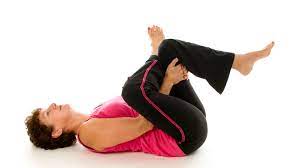
- Your buttocks’ deepest muscle, the piriformis, is worked by this stretch. Your buttocks and lower back could feel better after stretching this muscle.
- Follow these instructions to stretch your piriformis:
- Your feet should lie flat on the floor while you lay on your back with both knees bent.
- Put your right ankle at the back of your left thigh.
- After that, position your hands behind your left leg and pull up until you feel a stretch towards your chest.
- Keep your body in this posture for 30 to 60 seconds.
- Do the other side next.
Modifications
- Be sure to keep your bottom foot firmly planted on the ground to make the stretch more pleasant. For support, place a pillow under your head.
Seated spinal twist
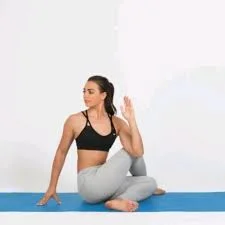
- You can stretch your back, glutes, and hips with this traditional twist. Your neck, shoulders, and back are stretched, and your spine’s range of motion is improved. Additionally stimulating your interior organs is the pressure of this stretch.
- Follow these instructions to do a spinal twist while seated:
- Lie down on the floor and stretch both of your legs in front of you.
- Put your foot on the outside of your right leg while bending your left knee.
- Your left thigh is supposed to be on the outside of your right arm.
- Put your left hand behind you for stability.
- At the base of your spine, begin to twist to the left.
- For up to a minute, hold this posture.
- On the opposite side, repeat.
Modifications
- Keep both legs straight for a more comfortable position.
- By inhaling to direct your eyes forward and exhaling to turn it backward, you may incorporate neck rotations into this position for an added stretch. Perform five to ten on each side.
Pelvic tilt

- By strengthening your abdominal muscles, pelvic tilts can improve your lower back pain and stiffness. They are helpful for your hamstrings and glutes as well.
- To do a pelvic tilt, do the following:
- Legs bent at the knees and feet flat on the floor while you lay on your back.
- Constrict your core muscles as you firmly plant your back on the ground.
- Hold this posture for up to 10 seconds while continuing to breathe normally.
- In order to relax, let go and take a few deep breaths.
- Perform 1 to 3 sets of 3 to 5 repetitions.
Cat-Cow
- Stretching your shoulders, neck, and chest while waking up your spine is possible with the cat-cow position.
- Follow these steps to perform Cat-Cow:
- Assume a tabletop posture on all fours with your hands and knees on the ground.
- Inhale to gaze up and press into your hands and feet, letting your tummy fill with air.
- Exhale while keeping your chin tucked in and your spine arched upward.
- Move according to this rhythm, moving with each breath.
- Do this for a minute or two.
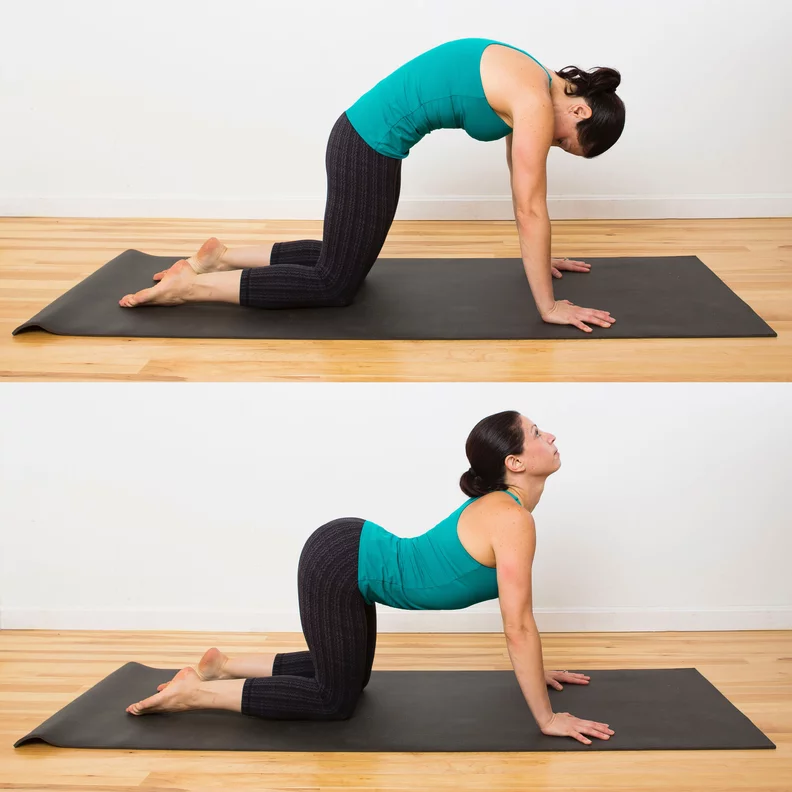
Modifications
- Instead of placing your hands squarely beneath your shoulders, move them slightly forward if you have wrist issues. If your knees are giving you any trouble, put a cushion under them for support and cushioning.
- Simply stay in each posture for 5 to 20 seconds at a time rather than shifting with each breath for longer durations.
Sphinx stretch

- Your chest, buttocks, and spine are stretched and become stronger with this baby backbend.
- The following are the stairs to the sphinx stretch:
- Your hands should be out in front, palms down, and your elbows should be tucked under your shoulders while you lay on your stomach.
- Your feet should be slightly apart. Your big toes touching is OK.
- As you elevate your head and chest, gently tighten your thighs, buttocks, and lower back.
- Breathe deeply while maintaining abdominal and lower back strength.
- Put your pelvis on the ground.
- Straighten your gaze or softly shut your eyes.
- For 30 to 60 seconds, maintain this posture.
Seated hamstring stretch
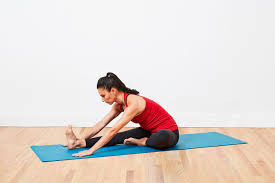
- Take a butterfly pose and sit on the ground.
- Your right leg should be extended with your knee slightly bent.
- After that, cross your right leg over your forward-bent waist.
- Holding your lower leg may help you maintain your balance, but avoid straining yourself.
- Start with holding for 10 seconds, then increase it to 30.
- Continue by using your other leg. Stretching should be done two to three times with each leg.
Prevention and Patient Education
- The Bertolotti syndrome develops from birth. Patients therefore have little control over whether they may have transitional cause pain in the future. Even if prevention is impossible, early and frequent patient education may aid in preventing the aftereffects of chronic pain. The importance of an early and accurate diagnosis of this illness is due to this.
- Any abnormal connections or anatomy in the spine should be immediately disclosed to the patient, who should then receive advice on how it may influence their mobility and quality of life. In order to lessen any muscle tension caused by the incorrect spinal connection, patients should also be advised on the value of maintaining their level of activity and provided information on preventative stretching and rehabilitation.
Home Advice
- Apply hot packs.
- Perform stretching and muscle-strengthening exercises.
- Lift light weights only.
- Have a good rest.
- Take brief rests while exercising.
Summary
- Lumbosacral transitional vertebra (LSTV), another name for Bertolotti syndrome, is a congenital condition that frequently causes waist-level persistent back discomfort. It results in aberrant spinal motion and related pain when the transverse process(es) of the fifth lumbar vertebra articulates with the sacrum.
- This illness can cause persistent pain and discomfort for those who are affected and is characterized by an uneven spinal structure. Since less than 10% of people have this illness, which is frequently misdiagnosed as sacroiliitis, it frequently remains undetected. A skilled spine expert can employ contemporary spinal healthcare to treat Bertolotti’s condition, a very uncommon source of back pain.
FAQs
What results from a lack of treatment for Bertolotti syndrome?
Untreated symptomatic Bertolloti’s Syndrome can lead to increased discomfort, effects on everyday activities, and early lumbar spine degeneration. This might eventually result in disc herniations, spondylosis, and radiculopathy in your spine, among other issues.
Can Bertolotti result in sciatica?
One of the uncommon reasons of sciatica that frequently goes misdiagnosed is Bertolotti’s condition. In individuals with back discomfort who do not have disc herniations or other localized diseases seen on lumbar MR scans, it should be ruled out.
What kind of impairment is Bertolotti syndrome?
In contrast, a clinic-based Low Back Pain (LBP) research found that men were more likely to develop Bertolotti syndrome, with a frequency of 9.1%6,8,9. Lower back discomfort, gluteal pain, S1 radiculopathy, and severe functional impairment are frequent symptoms in patients.
Why is pain caused by Bertolotti syndrome?
The discomfort brought on by Bertolotti’s Syndrome is not constant and results from several pathologies brought on by the LSTV.Scoliosis, joint arthropathy, and quadratus lumborum and iliopsoas muscle strains are some of these disorders.
References
- Cronkleton, E. (2023, June 22). 7 Lower Back Stretches to Reduce Pain and Improve Mobility. Healthline. https://www.healthline.com/health/lower-back-stretches#knee-to-chest
- Lumbarisation and Sacralisation. (n.d.). SimpleBackPain.com. https://www.simplebackpain.com/lumbarisation-and-sacralisation.html

